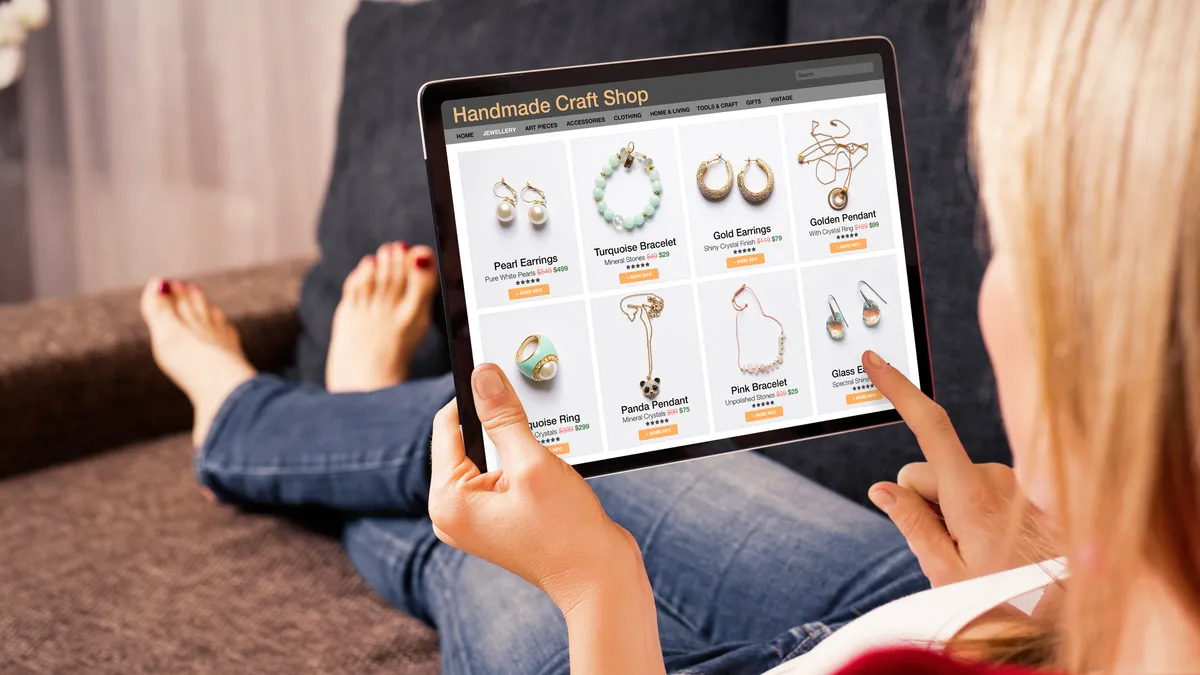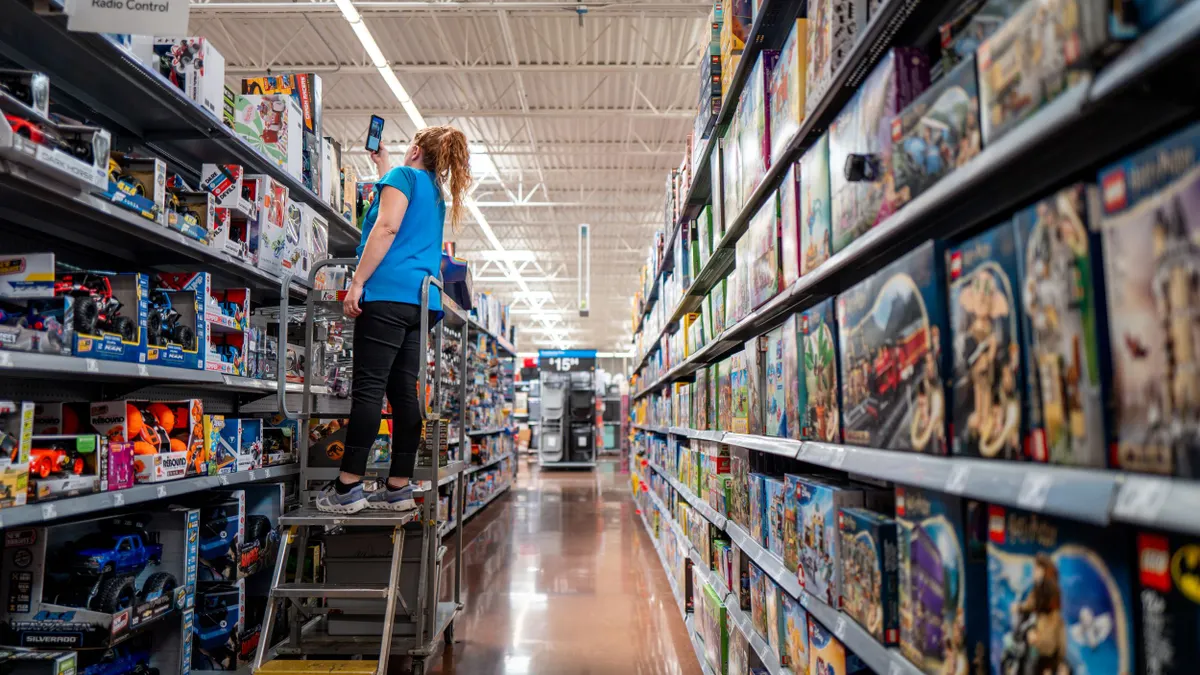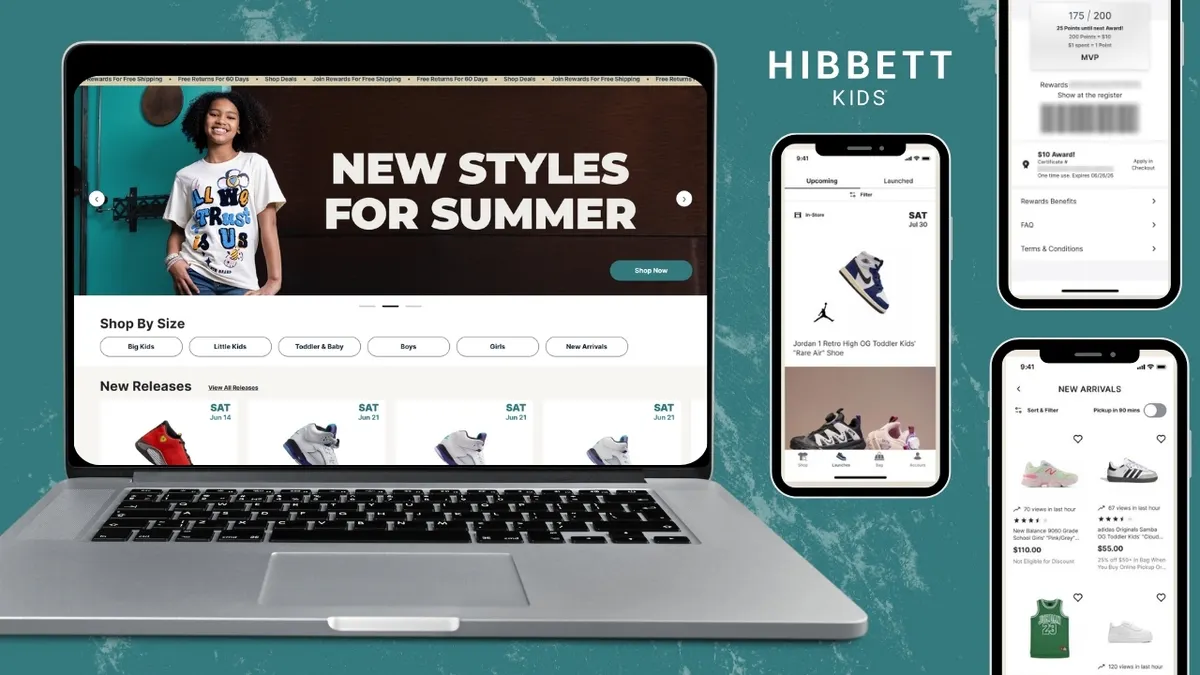Editor's Note: The following is a guest post by Jason Ankeny, content marketing director for Signal. The views are the author's own.
Good news! Shoppers are going to spend so, so much money during the 2018 holiday season — as much as $721 billion (up more than 4% year over year), according to the National Retail Federation.
Bad news! Shoppers are gonna return so, so much of the stuff they're buying.
U.S. retailers grapple with merchandise returns all year round, of course. Logistics platform Optoro forecasts a staggering $380 billion of returns in 2018 alone, with aggregate data placing overall brick-and-mortar return rates between 8% to 10% while e-commerce returns balloon to 20%. But it gets dramatically worse during the holidays, especially online. Thirty percent of seasonal e-commerce purchases get returned, a figure that climbs as high as 50% for spendy items.
In all, 89% of consumers have returned an online purchase, says digital commerce platform provider Shopify. Retailers specializing in apparel and accessories are especially vulnerable: without the option to try on or physically evaluate items before buying, their customers return purchases at a higher rate. Moreover, with close to half of all retailers offering free return shipping, 41% of apparel shoppers have purchased multiple sizes or variations with the express intent of sending back whichever size or color misses the mark — in effect, transplanting the fitting room from inside the store to inside the home.
With U.S. online sales expected to eclipse $1 trillion by 2025, roughly doubling projected 2018 digital sales of $525 billion, retailers must take immediate steps to defuse this ticking time bomb — and eliminating free shipping policies (read: pissing off shoppers) is not an option. Fortunately, there are data-driven technologies that not only solve the returns dilemma but also enhance the customer experience and offer retailers invaluable insight into shopper preferences and expectations.
Stopping the deluge of apparel returns starts with getting size, fit and even style right before the order ships — i.e., combining individual customer data with merchandise information to determine the ideal match. Take online fashion styling service Stitch Fix, which navigates new clients through a series of questions called a Style Profile: the questions probe each shopper's body type, style and fit preferences, lifestyle and budget, and the results are fed to personal stylists who curate customized boxes for home delivery.
Software-as-a-service startups like True Fit, Avametric, and Fision Technologies offer different types of virtual fitting room solutions driven by shopper data. True Fit's Fashion Genome, for example, connects manufacturing design data from thousands of apparel and footwear brands with anonymized consumer order data and personal insights from millions of registered users. The company uses this information to map detailed style, fit, size and related technical attributes to individual preferences and behaviors, powering personalized recommendations as customers shop its retail partners' websites.
It's not just apparel retailers maximizing technology to minimize returns, for that matter. When Macy's teamed with virtual reality solutions developer Marxent Labs on in-store VR experiences immersing shoppers in 3D living spaces outfitted with Macy's furniture, VR-influenced sales not only surpassed non-VR sales by more than 60%, but the return rate on VR-influenced transactions totaled less than 2%.
The value of this shopper data (and all the complementary information and insight that brands collect across their other customer touchpoints) extends far beyond squashing product returns. Retailers can parse customer activity and purchasing patterns to shape their product lineups with far greater precision and make more informed projections on future sales, slashing excess inventory. A deeper understanding of individual preferences also fuels more targeted, cost-efficient advertising efforts, guaranteeing customers never receive promotions for items they'll never buy.
Look, returns are ingrained into retail's DNA: you're never going to please 100% of the people 100% of the time. But if virtual reality headsets can push Macy's above the 98% shopper satisfaction threshold, just imagine how data-driven technologies can empower your brand to deliver deeply personalized experiences that fit each and every customer like a glove.





















